The restored church of St George of the Latins in Famagusta was handed over on Wednesday by the Technical Committee on Cultural Heritage, while in Larnaca Tuzla mosque was also being delivered after bicommunal restoration works.
Both historical monuments were restored by UNDP with funding from the EU and Swiss-based Aliph foundation which supports heritage in conflict zones.
The ceremonies to deliver the restored monuments were attended by dozens of Greek Cypriots and Turkish Cypriots, diplomats, officials and workers who had carried out restoration works.
In his speech at the delivery of the gothic church of St George of the Latins, Aliph CEO Valéry Freland said this was a milestone in the preservation of cultural heritage.
He said the work of the technical committee was a model dialogue to the benefit of peace.
“We want to promote the work you are doing to the whole world because you are a worldwide reference point for building peace through the protection of heritage. We will continue to promote your actions,” he said.
Jutta Pomoell-Segurola on behalf of the European Commission said both monuments were “beautiful” and “represent the cultural wealth and diversity of Cyprus, which is unique and must be appreciated and celebrated”.
“Restoring these monuments and heritage is truly important, because it brings a feeling of peace and stability to the island,” she added.
Head of the UNDP office Jakhongir Khaydarov said the successful restoration of the two monuments was made possible through the close cooperation of both sides on the island.
Khaydarov said both monuments shared the same narrative, as they are strong symbols of Cyprus and indicated a dedication to dialogue, coexistence and a common future.
The Greek Cypriot co-chair of the committee Sotos Ktoris said the restoration of St George of the Latins and Tuzla mosque “remind us that Cyprus has been a crossroads of civilisations through the times, leaving an indelible mark on our common cultural heritage”.
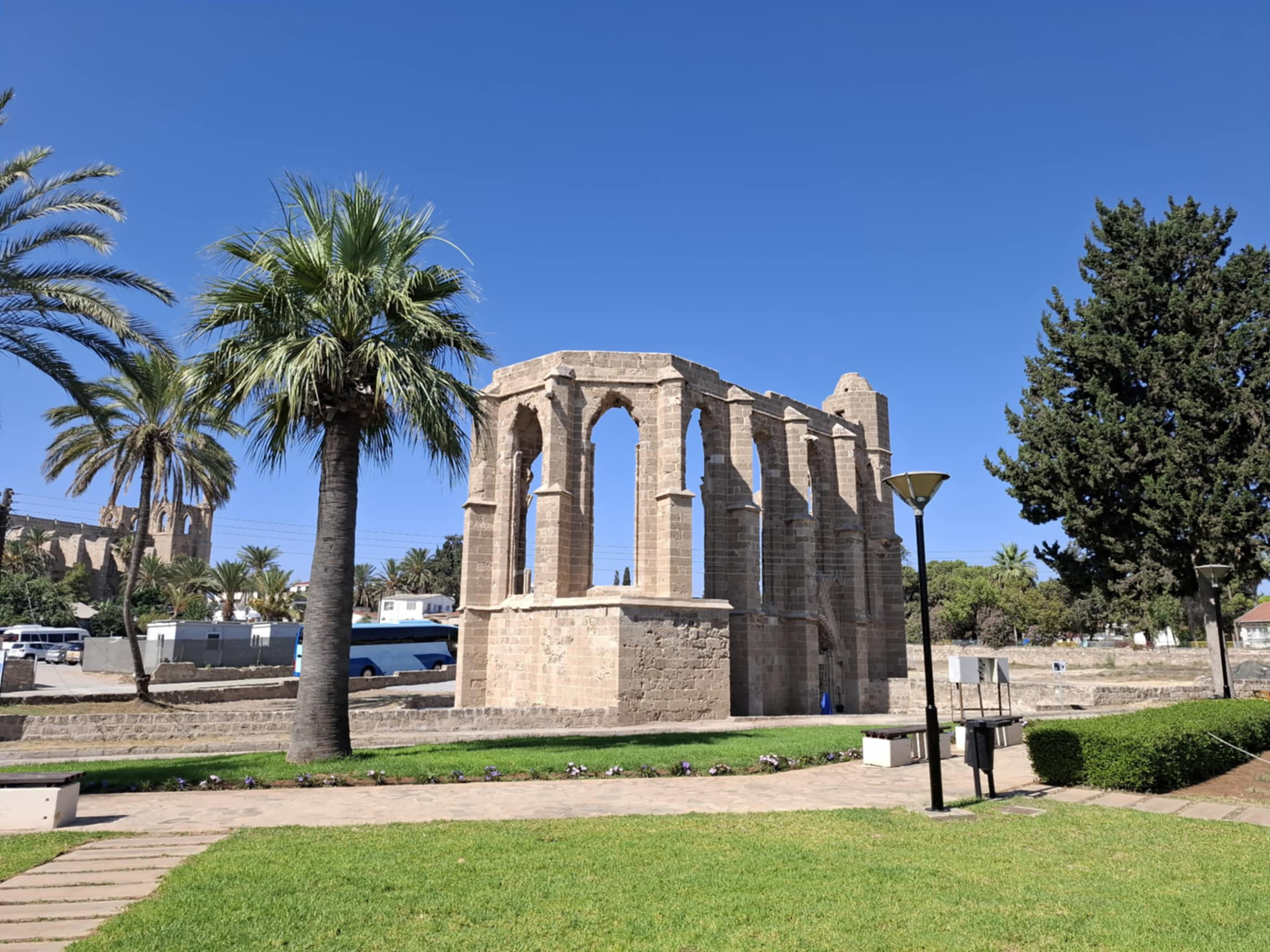
St George of the Latins in Famagusta
“They remind us that Cyprus’ cultural heritage was formed through a long course of coexistence, influence and osmosis of different religions, languages and cultures, and that our identity is the fruit of this long cohabitation,” he added.
Monuments, he said, become symbols of reconciliation, bridges of trust and testimonies of a peaceful prospect for the future.
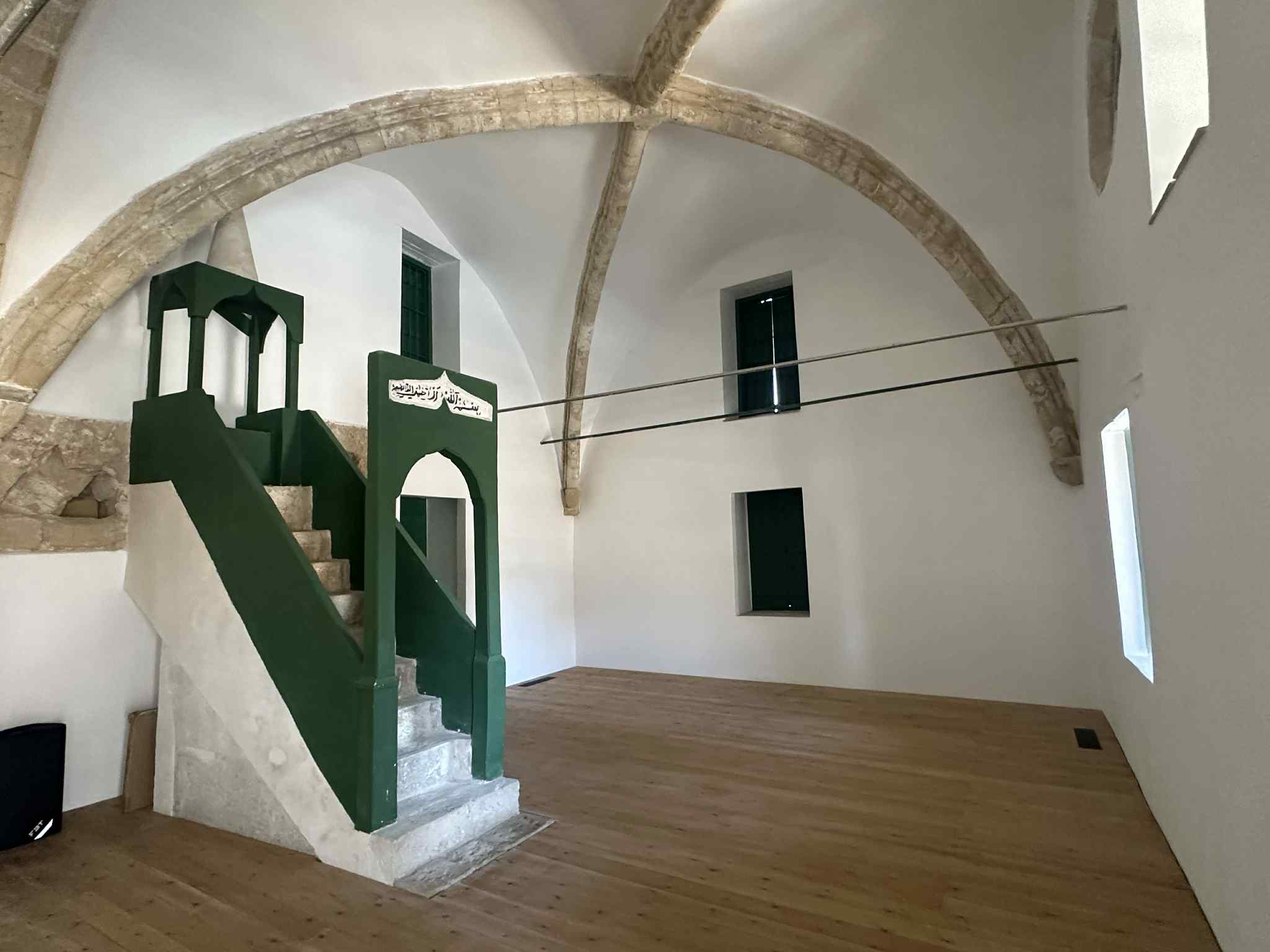
Turkish Cypriot co-chair Ali Tuncay said the restoration of the two monuments reflected the mission of the committee, which is to preserve cultural heritage in historically complex areas.
These monuments, he said, remind us of the rich and interlinked past of the island.
Kyriakos Themistocleous from the Cyprus University of Technology’s Eratosthenes Centre, who had overseen the restoration works, said 3D models had been used in the process of the renovation of the monument which evolved from a royal church to a gothic temple and later a mosque during the Ottoman period.
UNDP’s Anna Panayiotou, who was part of the study group, said the restoration was completed in under a year and included structural reinforcement, waterproofing, damage repair and improvements for accessibility.
She described the mosque as “a museum of Cyprus’ many historical layers”.

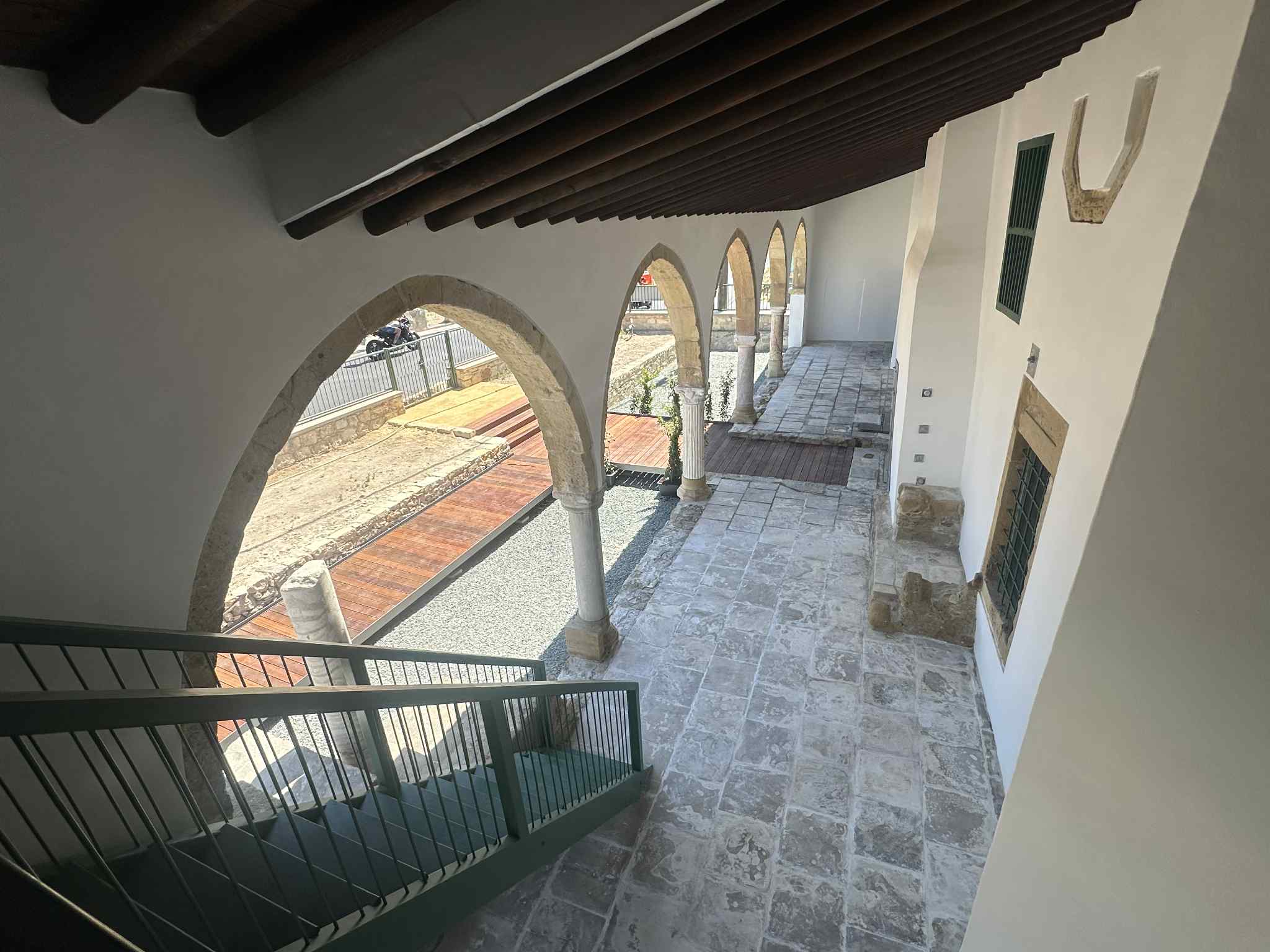
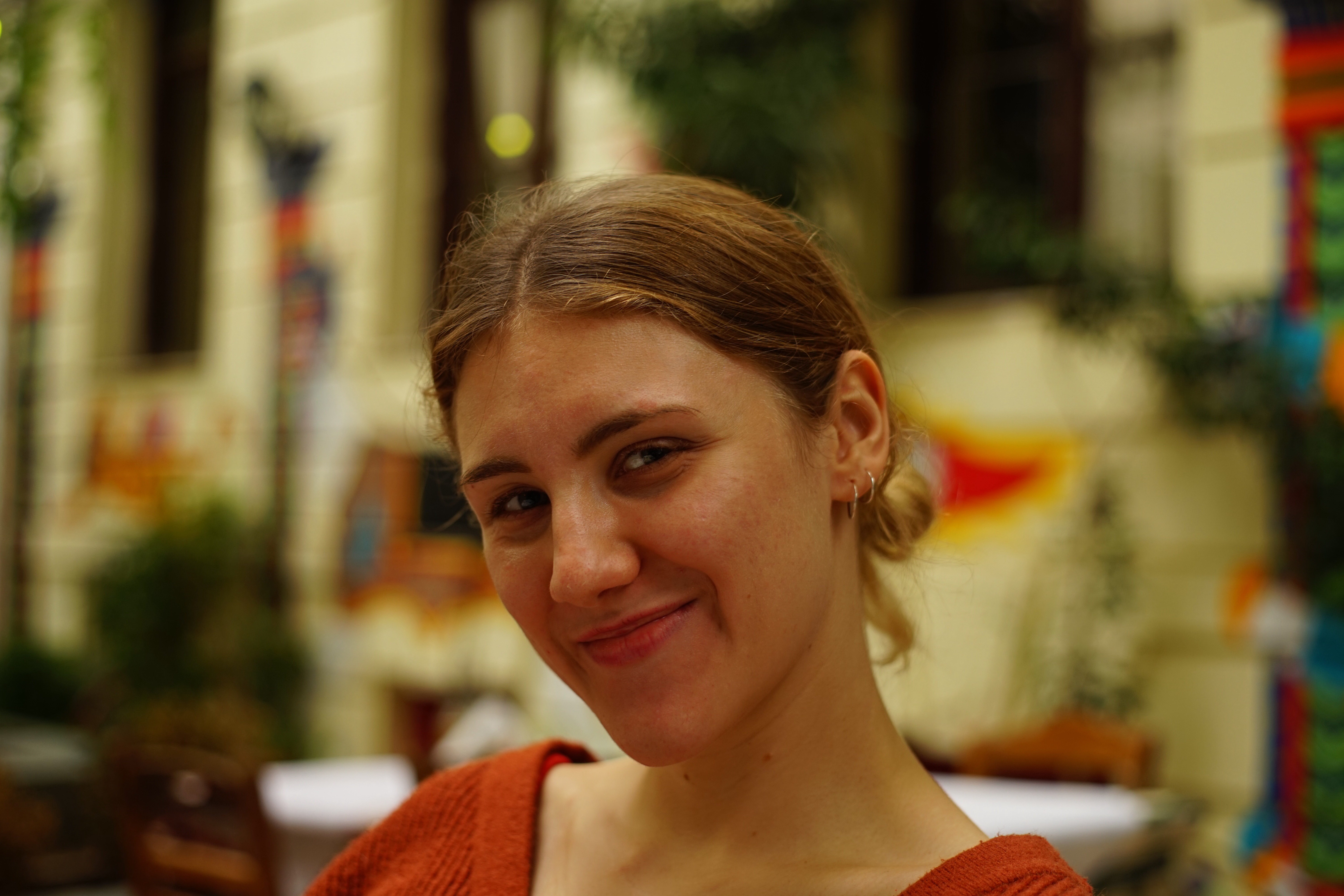
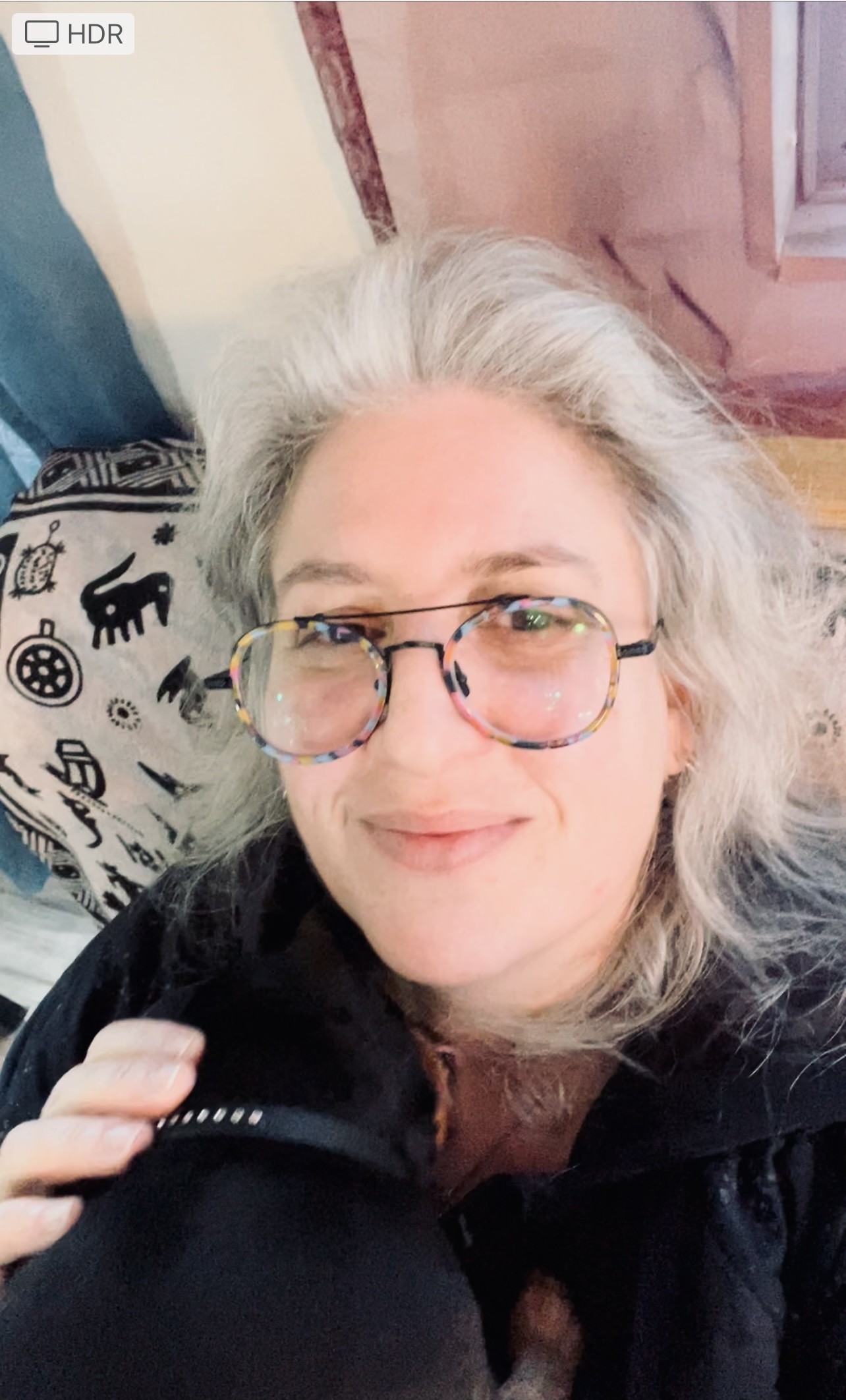
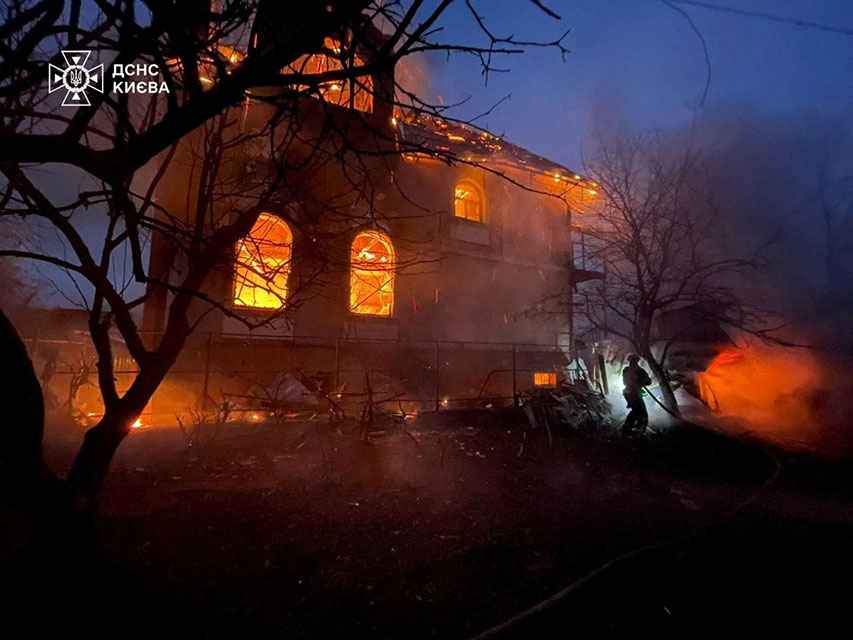
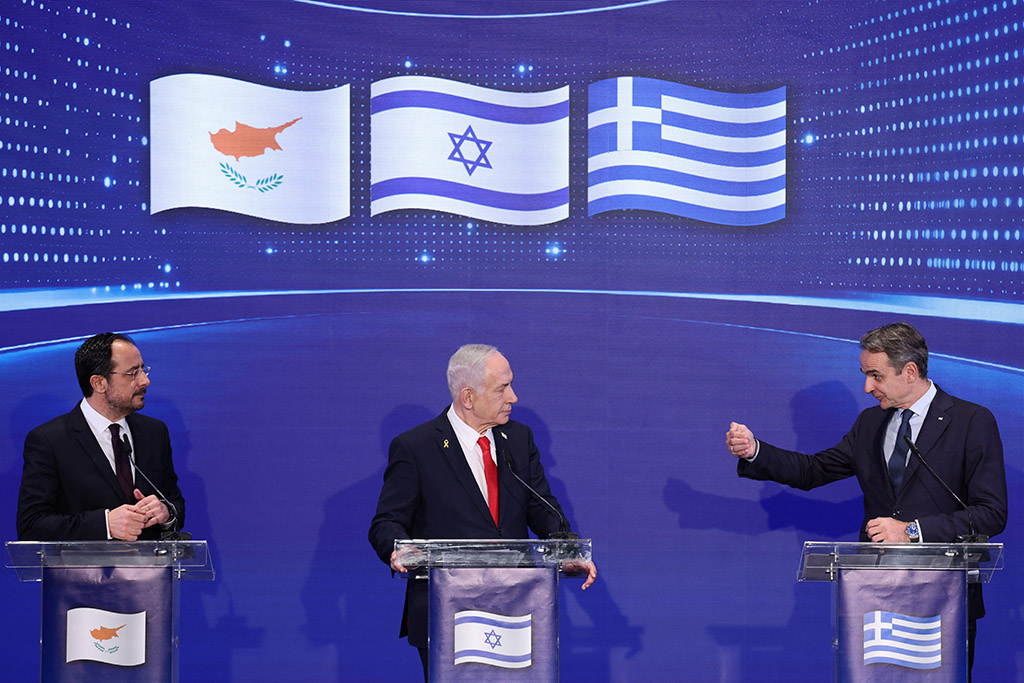


Click here to change your cookie preferences